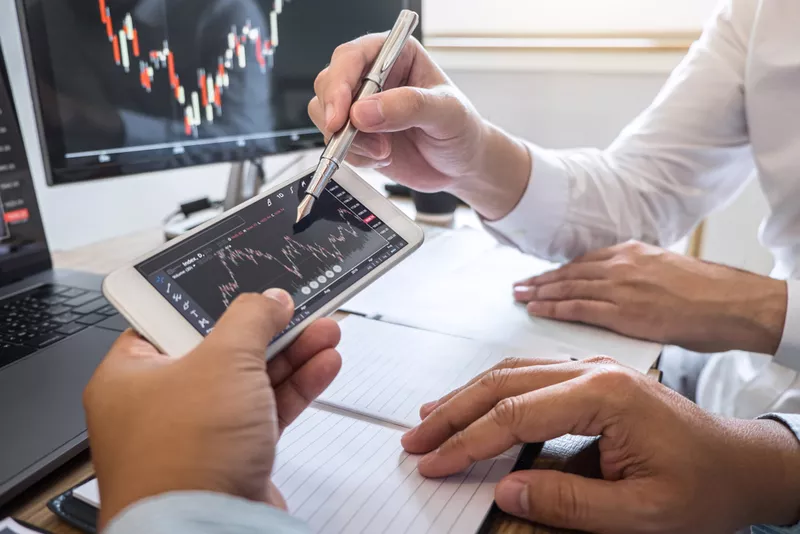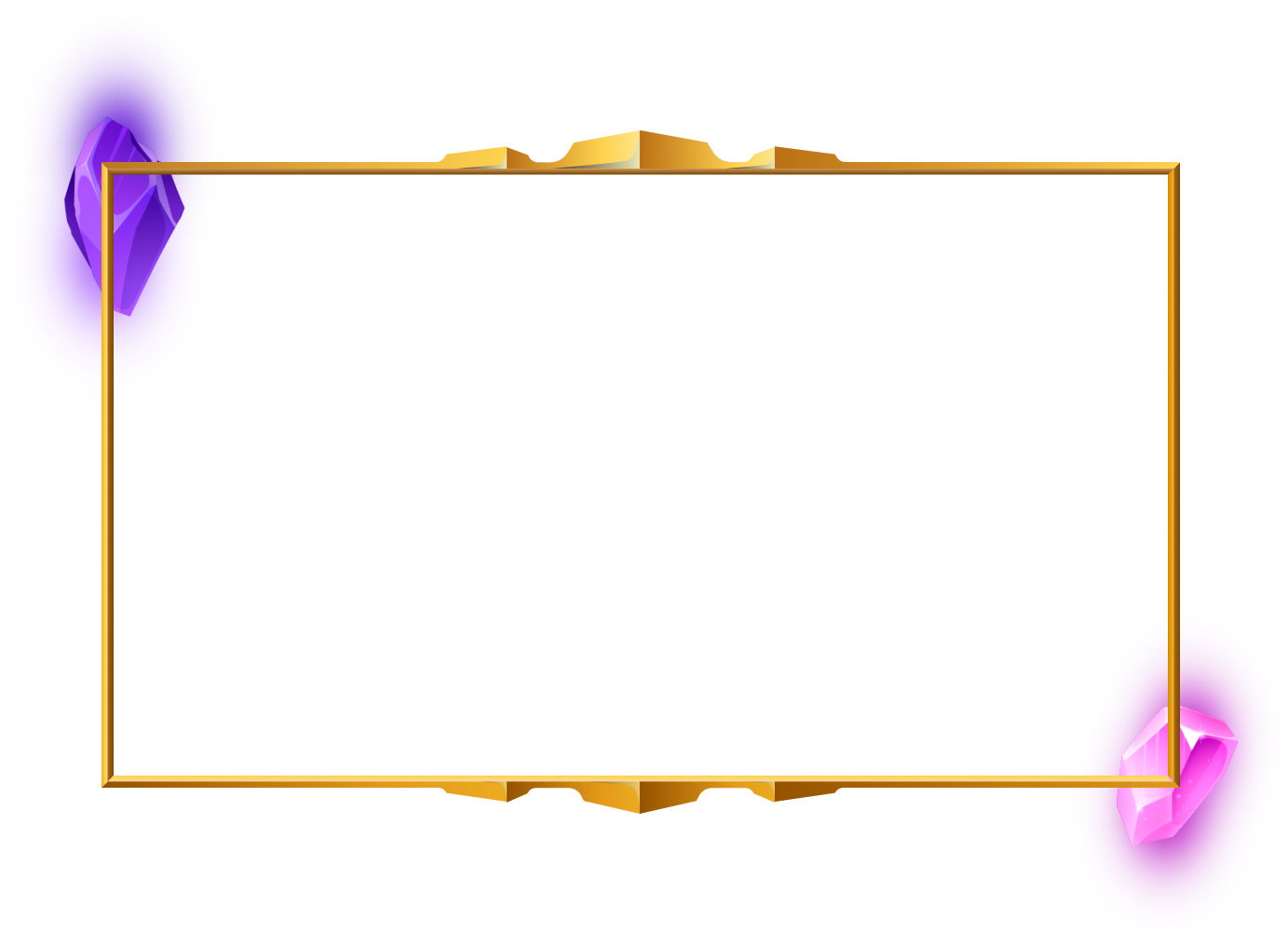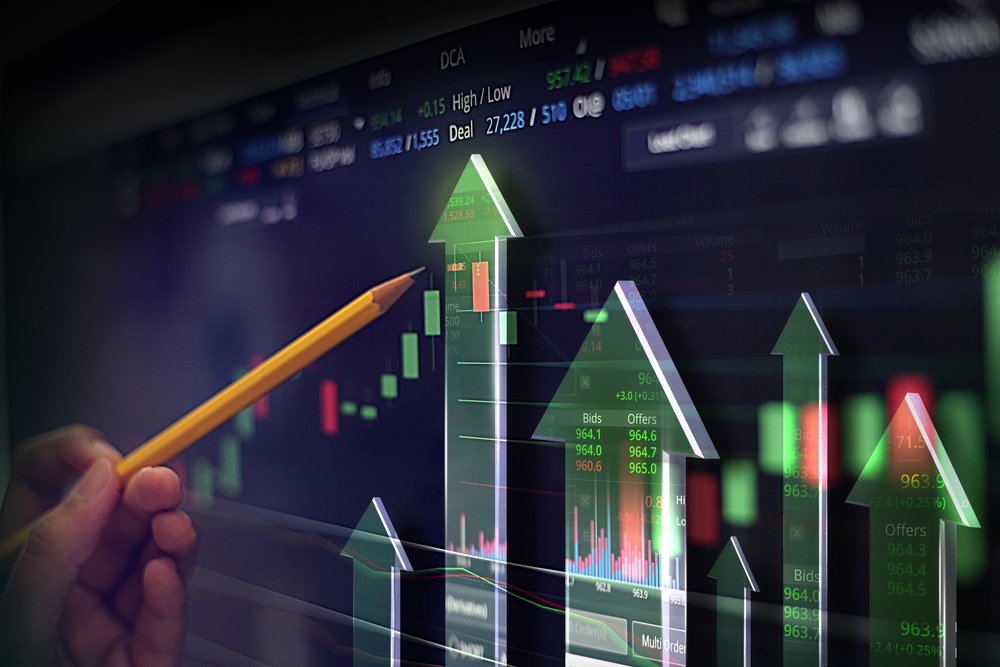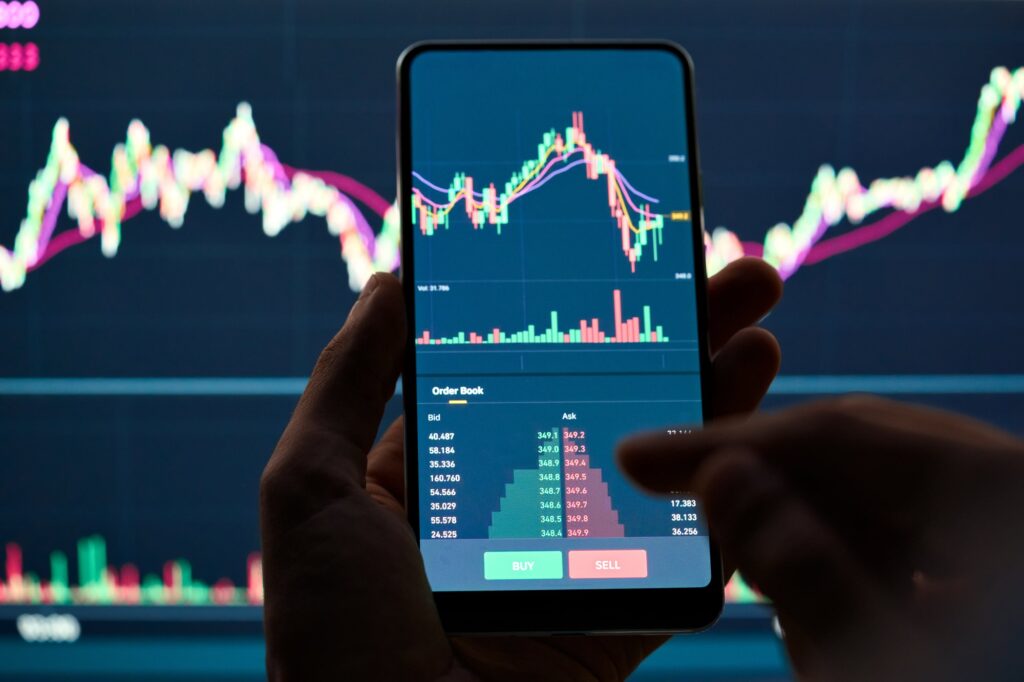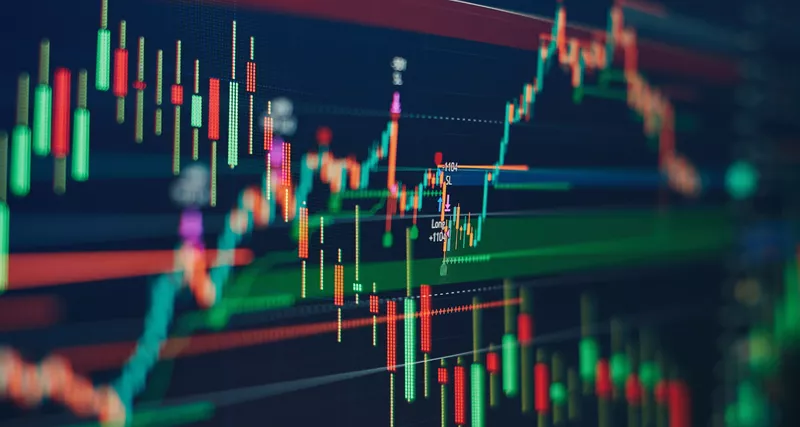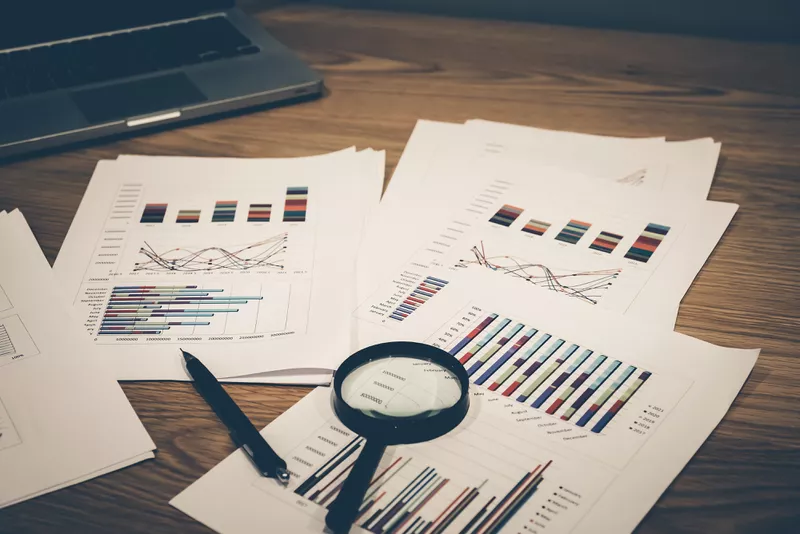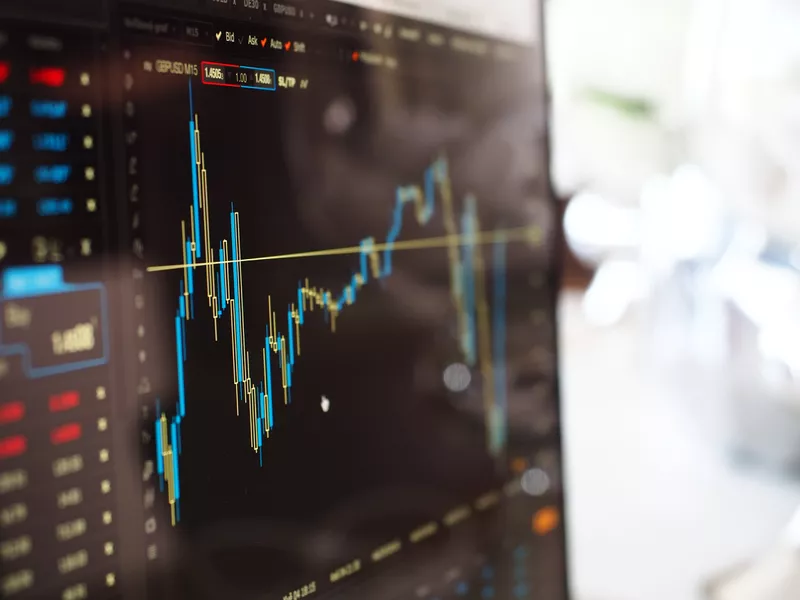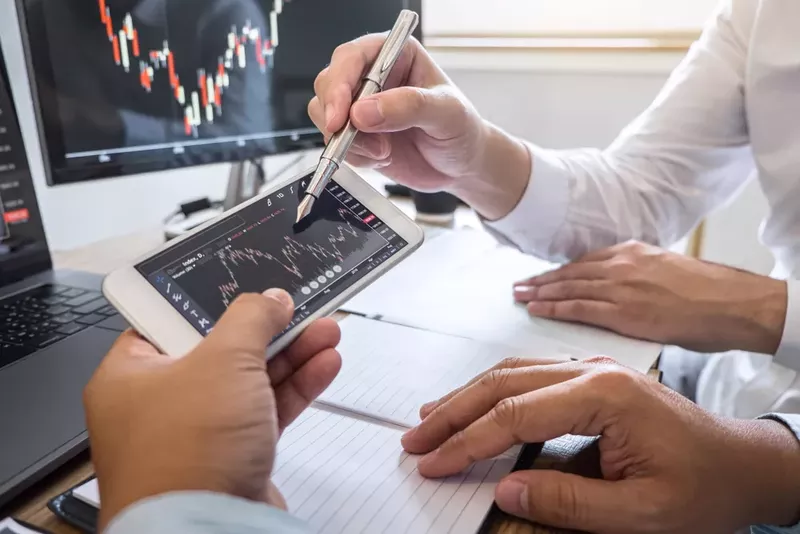Your success as a Forex trader hinges on your ability to decode market trends and make a timely entry. The Wyckoff Accumulation and Distribution patterns are indispensable tools you can use to achieve this.
Wyckoff Accumulation and Distribution patterns were developed by Richard D. Wyckoff, a trader in the early 20th century. He was an avid student of the stock market, and his trading methodology is still relevant today. Wyckoff’s technical analysis focuses on price and volume to forecast price trends and reversals in the markets.
The Wyckoff patterns are critical indicators for understanding market sentiment and gauging price movements. Let’s look at their significance, particularly in the context of funded trading.

Understanding Wyckoff Accumulation and Distribution
Wyckoff believed that the markets aren’t random. Rather, they move in distinct patterns and phases. With each stage, the market shows a different sentiment and indicates how the price is likely to shift.
The Wyckoff Method highlights two important phases:
- Accumulation, followed by markup
- Distribution, followed by markdown
Wyckoff Accumulation signifies the phase where smart money accumulates assets, while Distribution marks their strategic disposal.
Wyckoff Accumulation
Each cycle in the market begins with accumulation. This phase is marked by a range trend, where the market is relatively stable and rangebound. During this phase, institutional investors buy the currency at lower prices. Also, the volume tends to decline in this phase because the buying interest gradually absorbs the selling pressure.
Another way to confirm accumulation is to look at the support level. You may notice higher lows, indicating that the buyers are gaining power. Slowly, the trading volume begins to rise. This is a key indicator of the shift in sentiment and suggests a breakout trend. As the accumulation progresses, you may see signs of strength in the price action, where the asset breaks above the trading range’s upper boundary. This breakout often indicates that the market is ready for an upward move.
During the Wyckoff Accumulation process, smart money builds substantial positions at favorable prices before the broader market realizes the potential for an upward move. The accumulation may resemble a “compressed spring” on the chart. The longer it is, the better the indication of a breakout.
Markup: The second phase of accumulation is the markup, which follows a breakout. According to Wyckoff, traders should find entry points through the pullback zones in this phase.
Wyckoff Distribution
The Wyckoff Distribution pattern begins after a prolonged uptrend. This is when smart money starts to distribute its accumulated positions. The phase starts with a noticeable increase in selling pressure, and the surge in buying activity ends. Following this, you’ll notice a sharp and swift price decline as the smart money begins to sell.
This decline can catch many inexperienced traders off guard. That’s because prices may temporarily rally to retest the previous highs. However, this rally usually lacks the same level of volume and momentum as the initial buying pressure.
Once you notice that the currency’s price is showing signs of weakness—often accompanied by lower highs—then it’s a clear indication that the smart money has started distribution.
Markdown: The markdown phase begins when the price breaks below previous support levels. Basically, smart money starts distributing its holdings to the broader market.
Volume analysis is another effective indicator of the Wyckoff Distribution pattern. During this phase, the volume tends to increase once again, indicating selling pressure. When following the Wyckoff Accumulation and Distribution patterns, look for volume expansion during the markdown phase to confirm the pattern.

How Does the Wyckoff Method Work?
To profit from the Wyckoff Accumulation and Distribution strategy, the general recommendation is to stay in sync with the market flows. Use trading charts to examine whether the market is in an accumulation or distribution phase. In the accumulation phase, the price will remain relatively stable and trade rangebound. Analyzing volume is crucial here; increasing volume during accumulation validates the pattern.
Next, draw trendlines and identify key support and resistance levels within the trading range. This will help you identify when the accumulation phase ends and the markup starts. For a Buy Position during the accumulation phase, the prices remain flat at the top and increase at the bottom. If the prices break above the resistance, along with a high trading volume, it signifies that buyers are dominant and a potential uptrend has begun.
When the price struggles to make higher highs during the markup phase, it signals a shift to distribution. That’s when you should consider an exit. To take a Short Position during the distribution phase, identify lower tops and flat bottoms between support and resistance levels. Exit when the price breaks below support, along with a high trading volume. This indicates the end of Wyckoff Distribution and the start of markdown.
Don’t forget to implement sound risk management, such as setting stop-loss orders and determining your position size to protect your capital. Automated Forex trading Expert Advisors (EAs) can quickly calculate stop-loss, profit target, and position sizing.
By following these steps and combining price analysis, volume analysis, chart patterns, and other technical indicators, you can effectively apply the Wyckoff Method and potentially make profitable trades.
Mastering Wyckoff Patterns and ICT for Informed Trading
Mastering Wyckoff Patterns along with the Inner Circle Trader’s (ICT) Power of Three (PO3) concept can give you a potent strategy. An ICT trader follows a similar pattern when identifying high-probability trade setups.
The PO3 strategy focuses on three phases: accumulation, manipulation, and distribution. It’s highly flexible and can be applied in different time frames. Like the Wyckoff method, the accumulation phase starts with consolidation by institutional traders. In the manipulation phase, you’ll notice false breakouts that may confuse new traders and trigger their stop losses. Then in the distribution phase, the large traders start selling off immediately, causing the price to plummet.
To master these patterns, follow Wyckoff’s two golden rules:
- The market never behaves in the same way twice, but it does show patterns over time. If you follow how institutional traders trade, you’ll start noticing these patterns and understand them better.
- Always analyze the historic price movement. Conduct back-testing over days, weeks, or months to analyze price action.
Of course, successful Forex trading also requires focusing on fundamental factors. Economic indicators, central bank decisions, and geopolitical events significantly impact currency markets. For instance, a country’s economic data might strengthen its currency, while central bank interest rate decisions can trigger volatility.
Traders should stay informed about global developments and monetary policies to adapt their strategy. This way, you can make informed and well-rounded decisions in the dynamic trading landscape.
Go From Novice to Funded Trader
Wyckoff’s trading method has been around for over 100 years, and it’s still relevant. This confirms his theory that markets always follow a pattern. Once you understand the basics of how these patterns emerge and play out, nothing can stop you from becoming successful.
Having the right trading psychology and risk management strategy is also important. This will help you avoid taking premature entries and exits, a mistake many new traders make. To become a funded trader, you’ll need to master the art of recognizing and interpreting these patterns while managing risk.
Ready to start your funded trading journey? Join The Funded Trader now.







